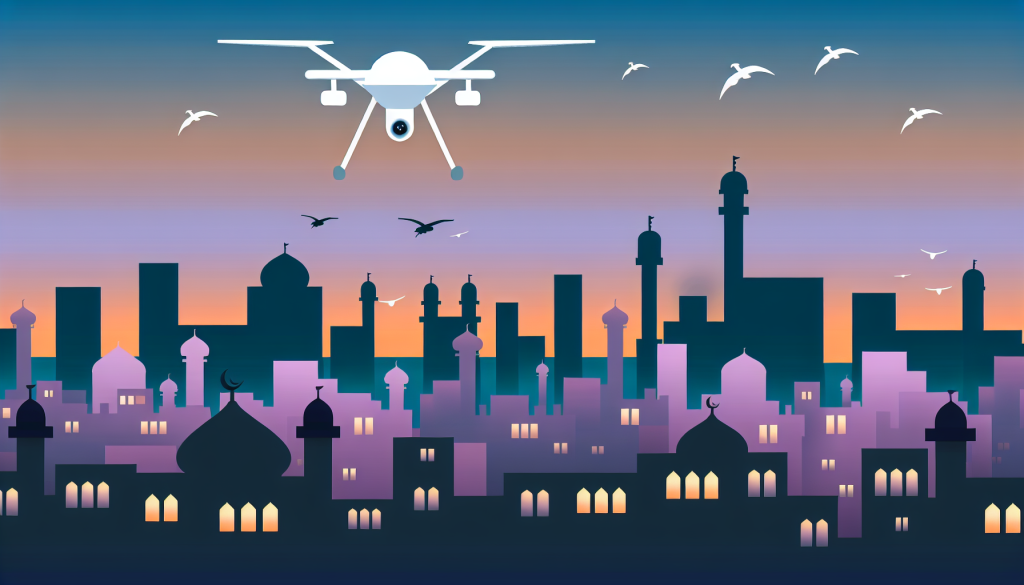US Flies Surveillance Drones Over Gaza: An Insightful Overview
In recent developments, the United States has begun deploying surveillance drones over the Gaza Strip. This operation, conducted with the consent of Israel, aims to monitor ground activities in the region. The utilization of drones has become a pivotal aspect of modern warfare and surveillance, enabling nations to gain critical intelligence while minimizing the risks that traditional military operations entail.
The Context Behind Drone Operations
The backdrop of this drone initiative highlights the increasingly complex geopolitical landscape of the Middle East. The Gaza Strip, a focal point for tensions between Israel and Hamas, has witnessed intermittent conflicts, escalating human suffering, and humanitarian crises. The US government’s decision to employ drones is viewed as a proactive measure to ensure compliance with ceasefire agreements and monitor militant activities.
Drones as Tools of Surveillance
Drones, or unmanned aerial vehicles (UAVs), have evolved significantly over the past two decades. Initially used for reconnaissance, they now serve multiple purposes in military and civilian sectors. The types of drones being deployed can vary widely, but their main advantages include real-time video feed, the ability to cover vast areas without risking human life, and high-resolution imaging capabilities. This technology allows the military and intelligence agencies to gather essential data on troop movements, infrastructure status, and potential security threats.
International Reactions
The deployment of US drones over Gaza has sparked a range of reactions from various stakeholders. Supporters argue that such measures can help stabilize the region by providing timely intelligence and deterring hostile actions. Conversely, critics raise ethical concerns regarding sovereignty, civilian safety, and the escalation of military presence in sensitive areas. Activists and human rights organizations often express fears that drone surveillance could lead to increased civilian casualties or further infringement on the rights of locals.
Cooperation with Israeli Forces
The operation underscores a deepening cooperation between the United States and Israel. This partnership is rooted in shared security interests and has been particularly emphasized in the face of existential threats posed by militant groups like Hamas. American military aid to Israel supports not only defense systems but also intelligence-sharing initiatives. The drone operations also signify a strategic alignment in combatting perceived threats from groups that challenge the stability of both nations.
Technological Edge and Intelligence Gathering
The importance of technological superiority is evident in contemporary conflicts. With the advent of drones, the US military has been able to maintain a strategic edge in intelligence gathering. The ability to monitor hostile territories without Boots on the Ground allows for better-informed decisions. Furthermore, data collected via drones can be crucial for real-time operations, situational awareness, and assessing the aftermath of military engagements.
Implications for Future Engagements
Looking ahead, the implications of these drone operations could set a precedent for future military strategies and the balance of power in the region. The use of drones might influence how conflicts are approached, particularly where possible involvement of ground troops is concerned. As technology continues to advance, the scope and impact of drone warfare will likely expand, underscoring the importance of international dialogue regarding their ethical use and regulation.
Summary of the Current Situation
The drone operations initiated by the United States over Gaza reflect a broader trend in modern warfare, where technology plays a crucial role in national security strategies. These actions, taken amidst a backdrop of complex geopolitical tensions, illustrate the ongoing challenges surrounding military surveillance, ethical considerations, and international relations. Understanding these dynamics is critical as the situation continues to evolve, impacting both local populations and the global community.

